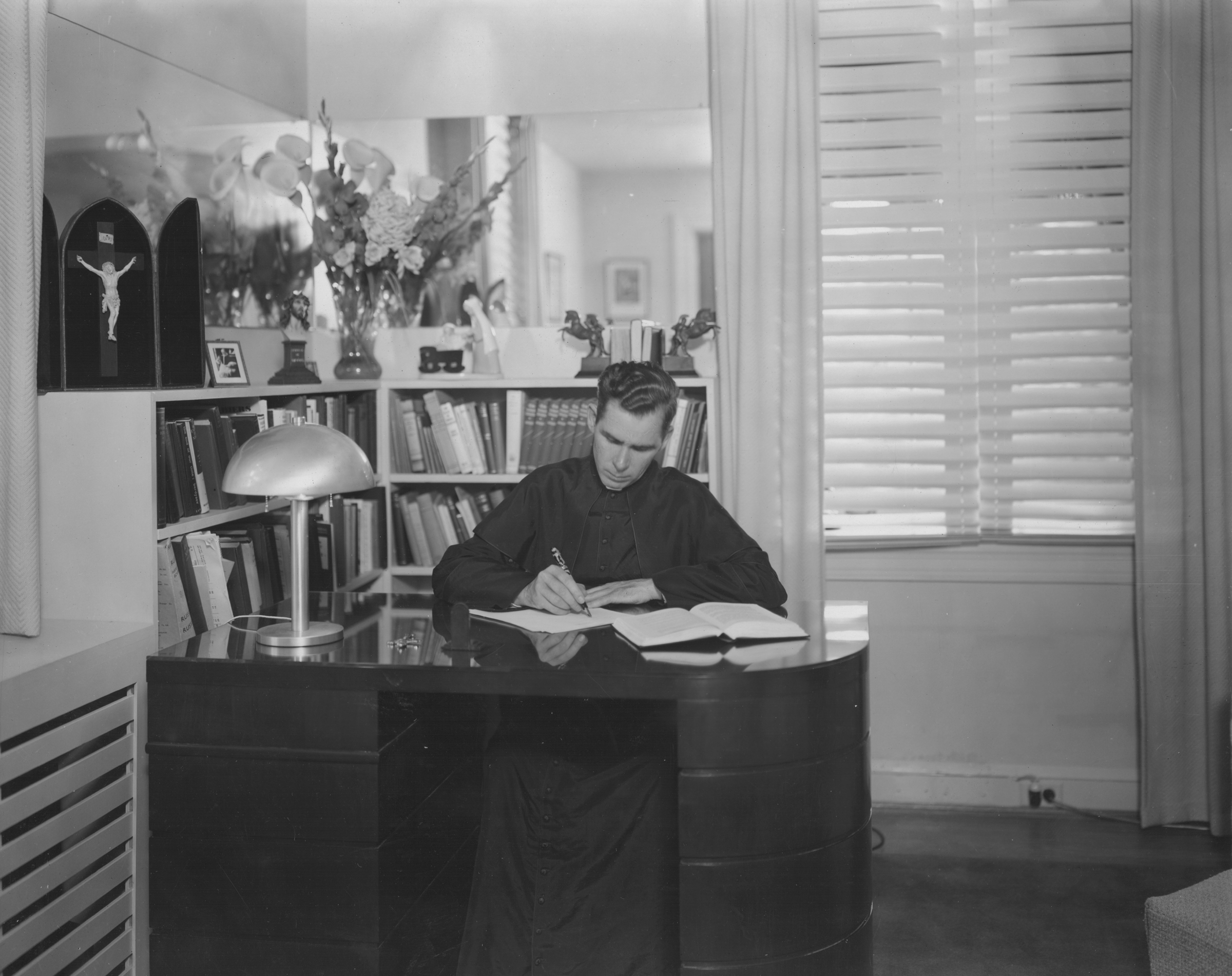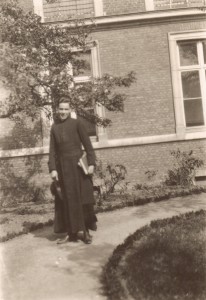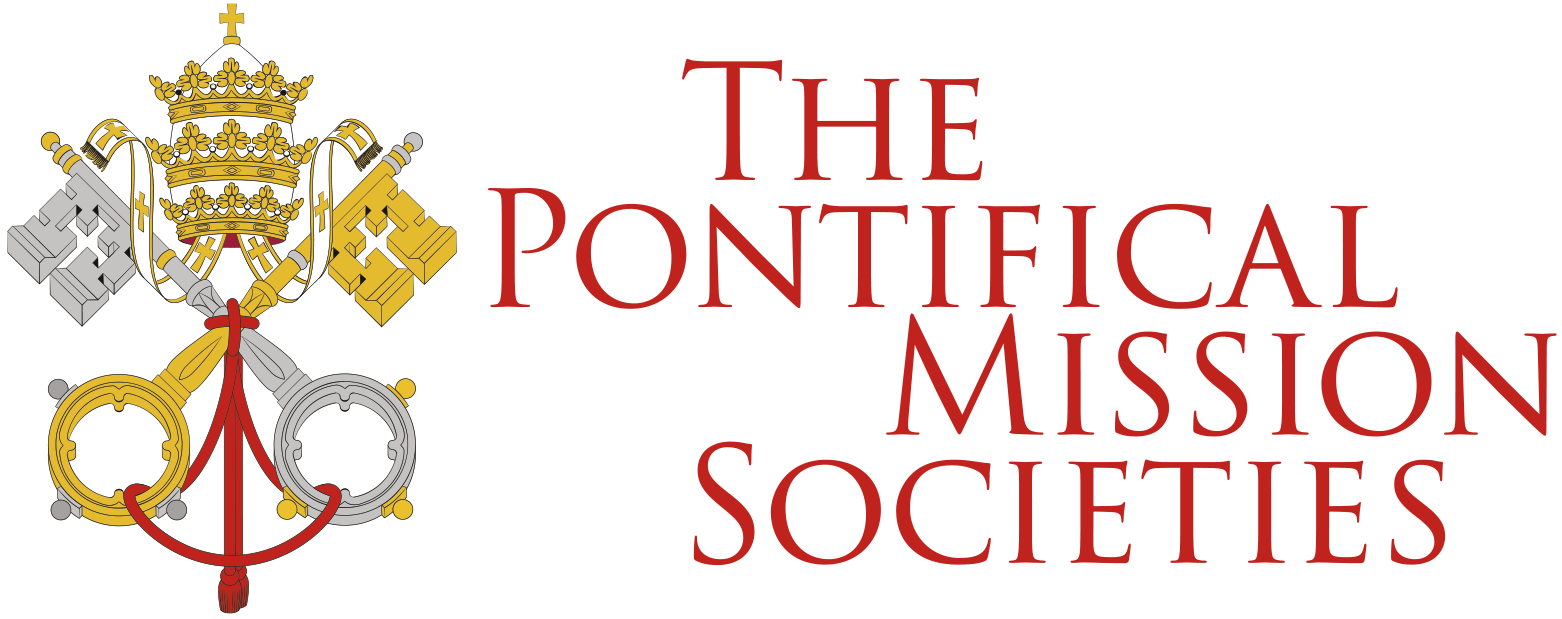
In our ongoing series on Archbishop Fulton J. Sheen, we continue exploring his formative years, focusing on his advanced education, ordination, and early ministry. These experiences laid the groundwork for his influential roles in the Propagation of the Faith and evangelization through various media.
 After he graduated from St. Viator’s College in Bourbonnais, Illinois in the spring of 1917, the twenty-two-year-old Fulton moved on to St. Paul Seminary in St. Paul, Minnesota to study for the priesthood for the Diocese of Peoria. In doing this, he was joined by eight other young men from his diocese who also would be preparing for the priesthood there. Established in 1894, St. Paul’s Seminary was opened by John Ireland, the first archbishop of Ireland and one of the most significant American churchmen of his time. While in seminary, Sheen continued to distinguish himself academically and was thus permitted to enroll in advanced seminars. The one area in which he did not excel was in Church music due to his struggle to carry a tune. However, later in life he found his voice (as it were) and could sing as a respectable baritone.
After he graduated from St. Viator’s College in Bourbonnais, Illinois in the spring of 1917, the twenty-two-year-old Fulton moved on to St. Paul Seminary in St. Paul, Minnesota to study for the priesthood for the Diocese of Peoria. In doing this, he was joined by eight other young men from his diocese who also would be preparing for the priesthood there. Established in 1894, St. Paul’s Seminary was opened by John Ireland, the first archbishop of Ireland and one of the most significant American churchmen of his time. While in seminary, Sheen continued to distinguish himself academically and was thus permitted to enroll in advanced seminars. The one area in which he did not excel was in Church music due to his struggle to carry a tune. However, later in life he found his voice (as it were) and could sing as a respectable baritone.
Unfortunately, during his time in St. Paul, Sheen developed stomach problems which resulted in the removal of a portion of his intestine. Because of this, throughout the rest of his life, Sheen’s diet was spared, though much of what he did eat tended to be sweets such as ice cream and cookies. While at the seminary, Sheen began the daily practice of spending a Holy Hour in front of the Blessed Sacrament, and for the rest of his life, he strove mightily to remain faithful to this discipline.
After completing two years of study at St. Paul, in the fall of 1919 Sheen transferred to the Catholic University of America (CUA) in Washington, D.C. to pursue a doctorate in philosophy. However, before settling into his studies, on September 20 of this same year, he was ordained a priest by his bishop, Edmund M. Dunne, in St. Mary’s Cathedral in Peoria.
As he began his studies in Washington, Sheen also served as a chaplain for a local orphanage celebrating Mass each day for the nuns and the girls in residence. For Sunday Mass, he served as a supply priest helping in parishes as needed. After only one year of study at CUA, Sheen was awarded a bachelor’s degrees in both canon law and theology. He already had earned both a B.A. and M.A. from St. Viator’s College. It was also during his time in Washington that Sheen made his first conversion which helped to initiate a ministry that would continue for the rest of his life and result in him personally receiving hundreds into the Church and encouraging an unknown multitude to seek conversion under the care and direction of other priests.
Seeking deeper philosophical studies, Sheen transferred to the Catholic University of Louvain, Belgium. Despite financial challenges, he received support from his family, enabling this move. At Louvain, Sheen delved into Neo-Thomism and earned his doctorate in 1923, followed by the prestigious Cardinal Mercier Prize for International Philosophy. He also pursued the agrégé, a post-doctoral degree, and achieved it with “very highest distinction.”
In addition to throwing himself fully into his studies, during university breaks Sheen took these opportunities to travel, often with his brother, widely including trips to France, Germany, England, Greece, and Italy. While in Rome in February of 1922, Sheen was able to use his connections to secure a private audience with Pope Benedict XV. This would prove to be the first of many meetings and interactions with popes throughout Sheen’s life and career.
Returning to the U.S., Sheen’s initial assignment was at St. Patrick’s Church in Peoria, a parish close to his heart. As he had done with all things in life thus far, Sheen threw himself fully into his pastoral duties, and before long had made a home visitation to every family in the parish. Sheen also continued his special ministry to those without faith andr Catholics who had fallen away from the Church, again leading several men and women through sincere and life-changing conversions. Although Sheen would only spend eight months at St. Patrick’s, this parish and its people would claim his heart for many years to come. In fact, when he was named a bishop in 1951 and came home for the first time, it was at St. Patrick’s and not at St. Mary’s Cathedral that he celebrated his first Pontifical Mass.
With Bishop Dunne’s permission and enthusiastic encouragement, in the fall of 1926 Sheen moved to Washington, D.C. for the second time but now not as a student but rather as a professor of both philosophy and theology. Sheen would ultimately spend twenty-three years teaching at CUA.
In the next installment of the life and ministry of Archbishop Fulton Sheen, we will take a close look at his years in Washington and how, thanks to his writing, the many people he came to know, and his use of the new medium of radio for evangelization, he soon began to garner a national audience and reputation.



